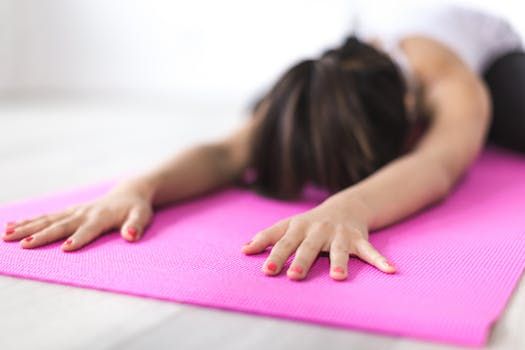Yogas Ten Commandments?
Posted on

There are ten yamas and niyamas. One for every finger. They are a bit like ten commandments but because yoga is not religeous they are provide us more with guidelines or mental supports.
The yamas are referred to as restraints and are called ahimsa - non harming, satya - truthfulness, asteya - non stealing, bramacharya - non over indulgence of the senses, aparigraha - non greed.
The niyamas are referred to as observances and include: sauca - purity of body and mind, santosha - contentedness , tapas - a firy ambition to apply oneself, svadhyaya - self enquiry and ishvarapranidharna - surrendering everything to something higher than ourselves.
These are very lofty and ambitious qialities to apply to eveyday life. When you look at them you may well say well, yes I think I might be close to achieving some of them but not sure about the others.
To try and apply them to daily living with ourselves and interactions with others can be daunting and as they appear at the start of Patanjalies 8 Limbs of the yoga process it can seem like we have to master them before we get down to postures or asanas. Good luck with that. Come back in a few years I hear you say.
In another reality it may be more sensible to use them in our daily yoga practice as supports to tht practice and this way we cna begin to merge them into our thinking and in time they can trnaslate into daily like.
So how might this happen.
Well, ahimsa can be chunked down from restraining from non hurting, harming or injuring ourselves or other in our thought, words and actions to something more accessible such as simply be caring with yourself in pratice. Satya can simply be being truthful with yourself. Asteya can be not "stealing" from yourself that which you intuitively don't want to give such as energy etc. bramacharya can be wise use of energy and aparigraha simply avoiding greed ( eg don't over pratice)
Sauca can be simply clean in body and mind and practice area. Santosha seek to be content with your current situation even if you still want to improve. Tapas practice regulalrly even if only 10 minutes a day. Svadhyaya self enquire or learn as much as you can about yourself and ishvara pranidharana can be simply trusting the power inside you (intuition).
This approach is more accessible and it will still have a subtle effect over time and if you keep looking back at the mening behind the concepts you will likely find that you are getting stronger with them as the months and years go by.
Remember, most importantly that like all the techniques in the 8 limbs of yoga the yamas and niyamas are tools for your use as practitioners and you are not meant to be slaves to them.
Barry Todd
Add a comment: